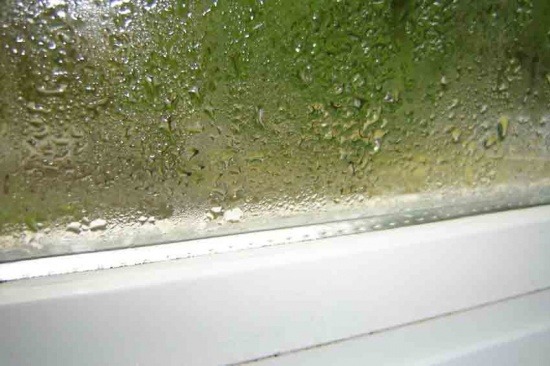MENU


Condensation can appear on the surface of even the most efficient windows. While the appearance of this moisture does not indicate that there is anything wrong with the windows themselves, constant exposure to moisture can perpetuate mold growth and deterioration of your window sashes and frames. So, what should you do if you’re struggling with window condensation in your Cincinnati home? Here are six quick tips to get you off to a good start.

1. Dry the condensation with an absorbent towel.
When you notice condensation, you should take a minute to dry the window off so that the moisture does not keep damaging the wood. Make sure you use an absorbent towel so you’re not just spreading the moisture around. One made from terrycloth — the material used to make most bath towels — works well. An absorbent chamois intended to dry off cars works well, too.
2. Use cotton swabs to dry the window crease.
When you’re soaking condensation up off the window surface, you need to make sure you dry the crease between the window glass and the sash, too. This is one of the most common places for mold to develop if the moisture is allowed to linger. The easiest way to absorb moisture in this area is with a cotton swab. Just drag it along the crease; you can use a new one when the first one gets wet.
3. Turn down the humidity.
Condensation that forms on the inside surface of your windows typically means the humidity in your indoor air is too high. If you bring the humidity down, moisture will stop settling out of the air and building up on your windows. If you already have a dehumidifier, turn the relative humidity setting down to about 45%. If you do not have a dehumidifier, consider setting up a portable one in the room where you’re noticing the most window condensation.
4. Keep house plants to a minimum.
House plants keep your Cincinnati home looking and smelling fresh, but there is such a thing as too many house plants. They give off moisture as they photosynthesize, and this moisture may condense on your windows. Try moving some of your house plants outside, and see if that corrects your condensation issue.
5. If you find mold, use bleach.
When you are drying the condensation up off your windows, check to see if you notice any mold growth. If you do see mold, prepare a mixture of about 1 tablespoon bleach in a cup of water. Wipe the windows down with this solution to prevent mold from continuing to grow. You may want to repeat this process once a day for a few days to really nix the mold growth.
6. Make sure the condensation is not between the glass.
Always check to ensure the condensation really is on the surface of your windows and is not between the glass panes. Condensation between the glass is a common problem with vinyl windows, which often develop air leaks as the vinyl becomes brittle and weak. Leaky windows need to be replaced, preferably with windows made from a more durable material like Fibrex.®
Follow the tips above to nix window condensation, once and for all. If your windows are deteriorating and in need of replacement, contact Renewal by Andersen. We’ll come conduct a free consultation in your Cincinnati home.
Topics: Window Condensation, Cincinnati home